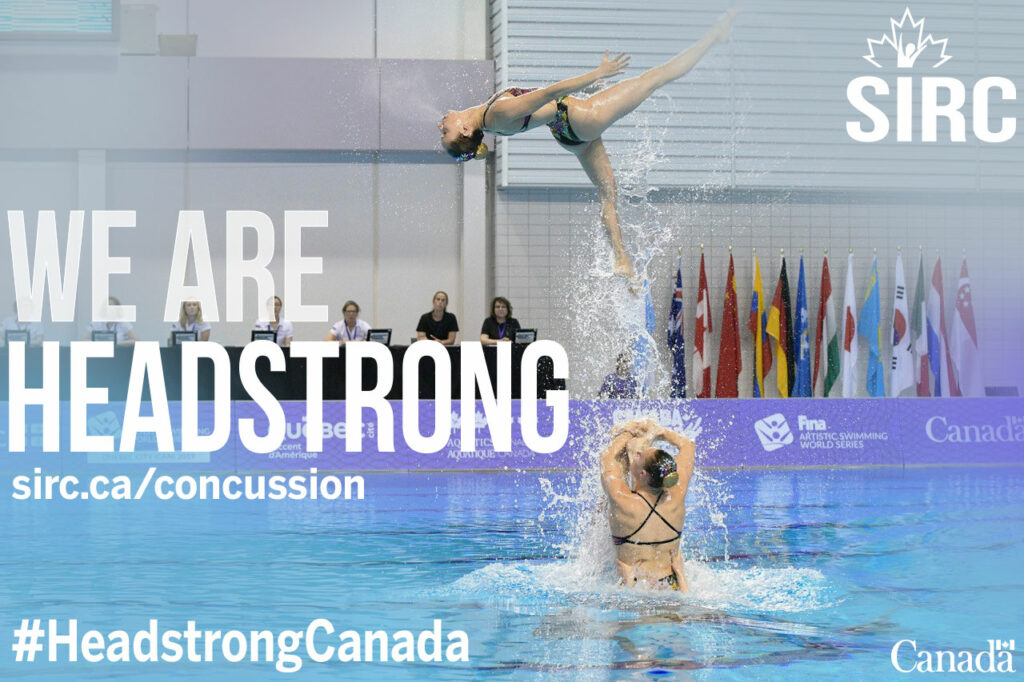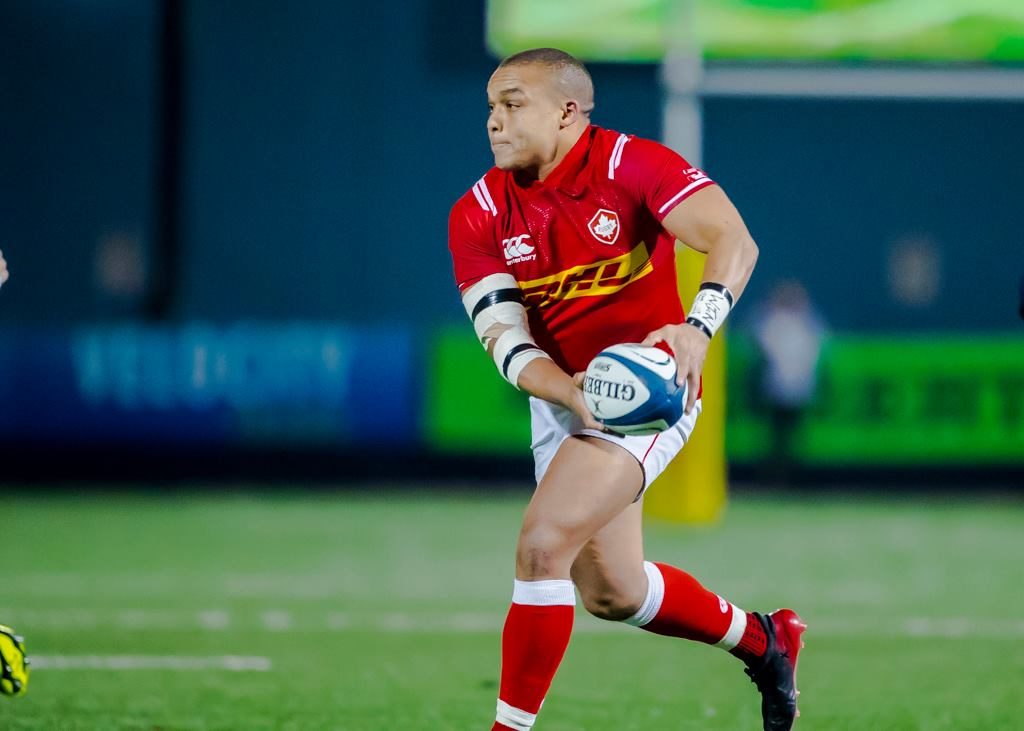Concussion Blog – Artistic Swimming
Most Canadians would not consider artistic swimming a contact sport, but athletes and coaches know the risks. The physical demands, technical components and water environment of the sport require unique concussion policies and practices, especially related to athletes’ “Return to Sport.” Learn more in today’s SIRC blog.
Innovative Research is Reducing Concussion Risks for Artistic Swimmers

Most Canadians would not consider artistic swimming (formerly synchronized swimming) a contact sport. But ask an athlete or coach, and they will tell you it can get pretty intense. “Especially in the team events, there are athletes in very close proximity, performing fast, explosive choreography,” explains Jackie Buckingham, Chief Executive Officer of Canada Artistic Swimming….
Concussion Newsletter – June 2019
There is a lot of news and noise around concussions in sport. If you’re looking for one consistent place to find Canadian and international research and resources, the SIRC Concussion Newsletter is your go-to source. Issued once a month, the newsletter features best practices from Canadian and international sport organizations, practical tools, and recommended resources…
SIRC Hosts the Canadian Concussion Prevention Workshop
Practical workshop spurred changes for sport organizations nation-wide, focused on behaviours, rules and training methods OTTAWA, June 18, 2019 – For the second year in a row, the Sport Information Resource Centre (SIRC) brought together key stakeholders from Canada’s sport community to address the issue of concussions in sport. More than 80 decision makers and…
Rugby Concussion Blog
For Rugby Canada, Rowan Stringer’s death in 2013 was a call to action to address the prevention and management of concussions. Paul Hunter, Director of National Development, talks about athlete safety and the importance of consistent concussion protocols across all sports in the SIRC blog.
Concussions, Rugby and the Bigger Picture

Concussion is a pressing issue in sport. And few sports have been affected as acutely or as deeply as rugby. The issue has touched people in profoundly personal ways at all levels of the sport. The tragic 2013 death of teenager Rowan Stringer, who died after sustaining multiple head injuries playing high school rugby, caused…
2019 Concussion Prevention Workshop
Today, members of the Canadian sport sector are rolling up their sleeves to examine innovative ways to prevent concussions in sport at the Concussion Prevention Workshop hosted by SIRC, with support from Sport Canada and the Public Health Agency of Canada. Discussion will focus on rules and policies, training practices, and behaviours and sport culture…
New Resource: Concussion Newsletter
Are you looking for up to date, consistent concussion resources for your athletes, staff, coaches and volunteers? Sign up for SIRC’s concussion specific newsletter. Issued once a month, the Concussion Newsletter provides best practices, templates and resources directly to your inbox to help you keep your community safe. Sign up for the newsletter today!
SIRC and Bell Media Launch Nationwide Concussion Awareness Campaign
Multi-platform partnership puts the 4 R’s of concussion management in Canada’s spotlight OTTAWA, May 24, 2019 – It’s the biggest media campaign launched in Canada to raise awareness about concussions in sport and how to properly manage them. Canada’s Sport Information Resource Centre (SIRC) has partnered with Bell Media to produce a comprehensive, 12-week media…
Canoe Kayak Concussion Blog
“Brain injuries can happen just about anywhere and at any time. We need to prevent situations where one of our athletes gets a knock to the head doing something else but comes to training or competition anyway. Having an athlete on the water with a headache, dizziness, confusion, or poor balance can create a serious…